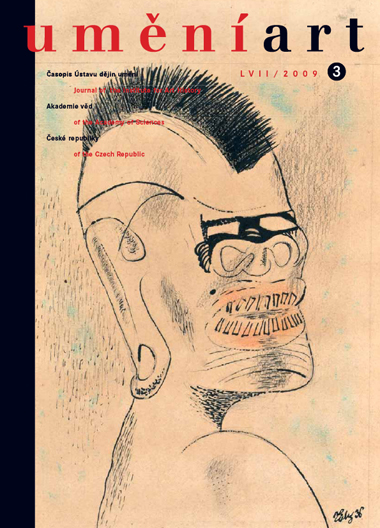Milan Pech
Kýč v diskusi mezi lety 1938-1948
The article examines the topic of kitsch in the Protectorate of Bohemia and Moravia. The author investigates the causes behind the spread of kitsch during the Nazi Occupation and shortly afterwards. He describes the contemporary scholarly discussion about kitsch and points out its significance for shaping Czech culture after 1945. Based on an analysis of archive materials the author describes the various ways in which kitsch was defined during the Protectorate, what lay behind it becoming more widespread, and the reactions of art criticism and the state. He then shows how the term kitsch was approached in the post-war era up until 1948. The spread of kitsch during this period is explained in the article by the following factors: the cultural conservatism of broad strata of the Czech population, German cultural policy, and a cultural boom. The latter is explained here as the result of Czech society's nationally defensive attitude, its traditionalist inclinations, and the general economic situation of the people. The author claims that Czech culture assumed diverse forms in relation to the rules that had been set by the occupants. These forms varied by the degree to which they complied with the set rules. It is also noted in the article that kitsch was defined in two ways. The conservative and popular view associated kitsch with amateurism and technically imperfect workmanship. The more left-leaning, modern-oriented interpretation viewed kitsch as an ersatz, false, manipulative, and formally perfect work. According to the author, the state was forced at the end of the war to interfere in the art market. The reason was art fraud and the sale of items of no value passed off as works of art. As the author then shows, after Czechoslovakia was liberated, the discussion about kitsch did not end. On the contrary, it culminated in the exhibitions Art and Kitsch in 1948. The Protectorate of Bohemia and Moravia is interpreted as a catalyser of processes already latent in the culture of interwar Czechoslovakia.
Full-text in the Digital Library of the Czech Academy of Sciences:
https://kramerius.lib.cas.cz/uuid/uuid:3e19a442-4dbd-709b-8578-9302b3abfa30
< back

